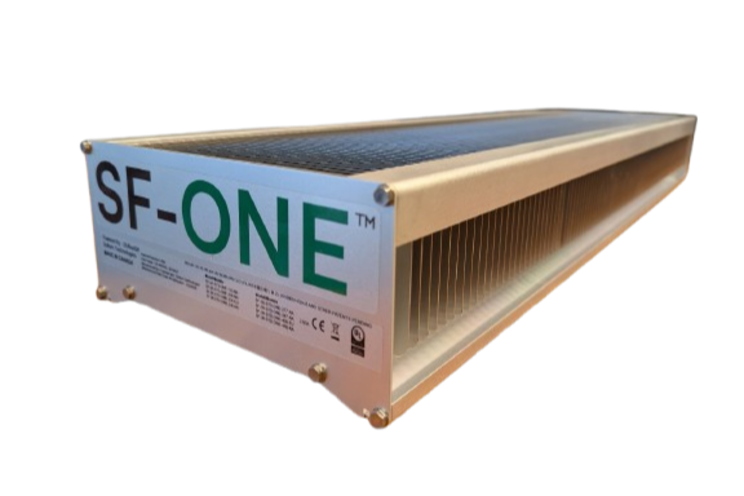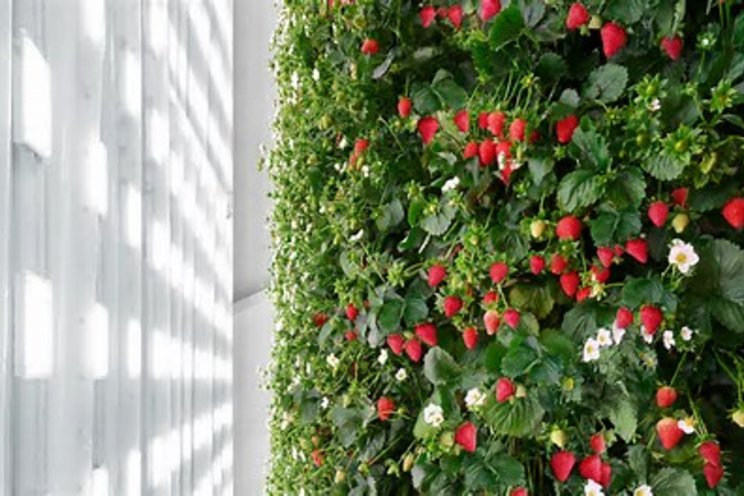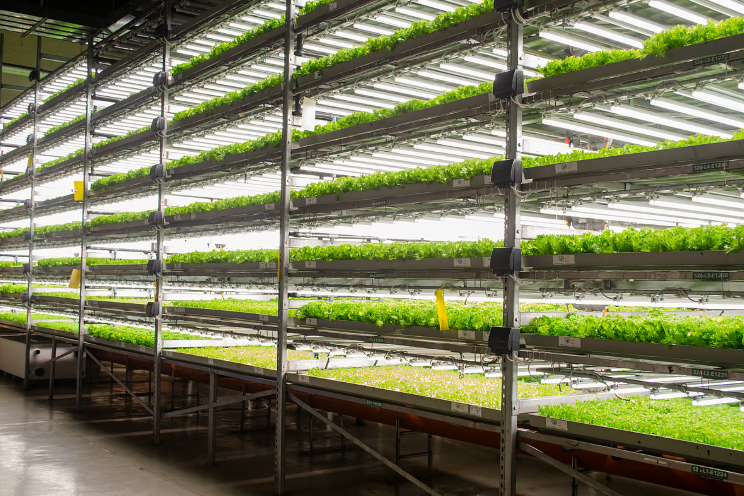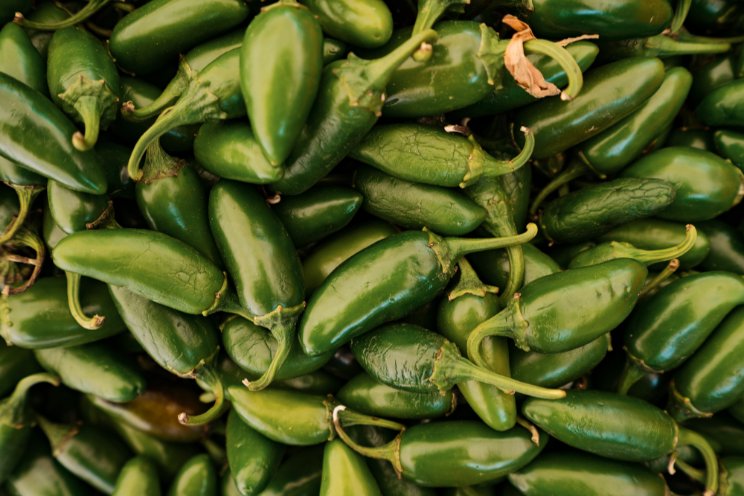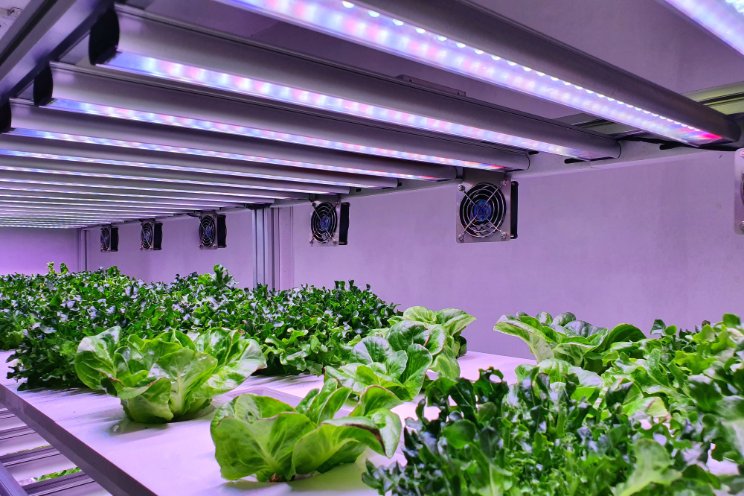The latest CEA Research
Added on 25 April 2023
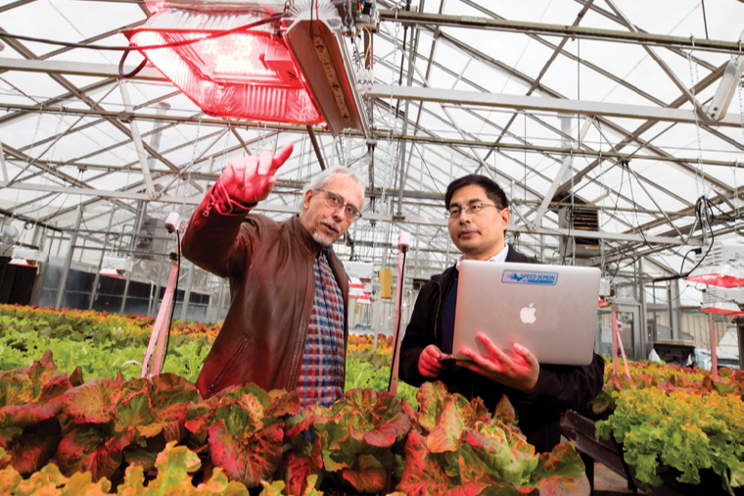
Michael Evans, director and professor at the Controlled Environment Agriculture School of Plant and Environmental Sciences, Virginia Tech.
The state of Virginia has a rich agricultural history. This past year, that history modernized with AeroFarms expanding its facility in Pittsylvania County and Plenty announcing plans to build a $300 million vertical farming campus in Chesterfield County.
That isn’t lost on Michael Evans, the director and a professor at the Controlled Environment Agriculture School of Plant and Environmental Sciences at Virginia Tech University. He says the school is working on various projects, ranging from vertical farming research to breeding genetics for CEA to more traditional hydroponic growing. The throughline, Evans says, is approaching CEA with the idea of challenging themselves by partnering with companies and researchers that would push boundaries. Part of that, he says, is working with the private sector to push CEA to new levels, but also to help bring businesses to the state.
“We have a very high level of interactive partnering research activities going on with private sector entities,” Evans says. “And because of IALR's [Institute for Advanced Learning and Research] mission doing economic development in our state, we’ve built ourselves around that as well, by helping the state recruit and support CEA companies.”
Asked if he was surprised that CEA has attracted so much investment, Evans says he was not and notes that, even inside Virginia Tech, it’s not uncommon for his department to work with another college (say, the engineering college) on a CEA project.
“You’ve probably noticed this as you look at a lot of companies,” he says. “There are a lot of entrepreneurs and people driving this that may not have originally been even in horticulture to begin with. This is an area that has brought in a lot of non-traditional horticulture or greenhouse type people into it.”
“Those folks can often see things in different ways from the way that people like me see it having been in it for a long time. They often bring a new energy, new visions, new ideas. They aren’t boxed in and that creates a lot of really exciting ideas and energy. ... The other thing is that CEA always has been, and probably always will be, driven by technology. Improvements in LEDs, for example, have made indoor vertical farming possible. But technology is really a driver in this field. We look at, and as we work with companies, there are so many companies that see CEA and may have technologies that aren’t market ready or have that were developed for other uses in other markets, but might be really useful in CEA and need expertise to help them bring it over. That’s where we feel like we are really useful at partnering with the private sector.”
Photo: With the support of a $5 million grant, a University of Georgia-led team is working to develop strategies to increase the efficiency of lighting for CEA. Photo courtesy of UGA
More news
